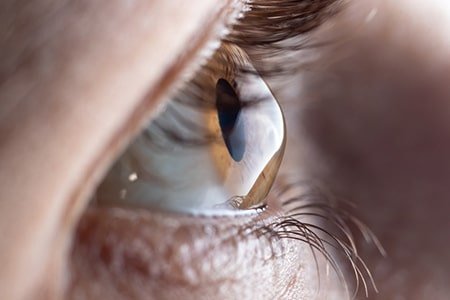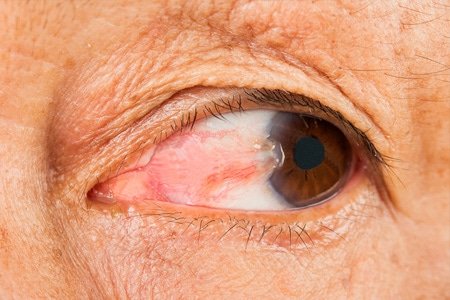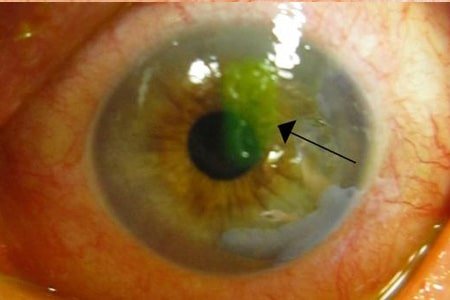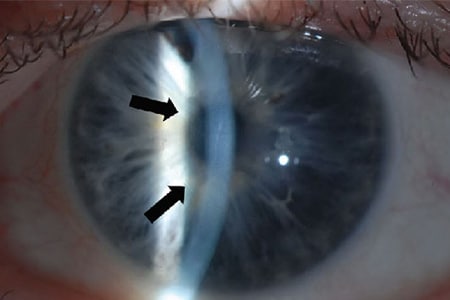
Cataract
Cataract is clouding of the natural crystalline lens inside the eye. This usually occurs with age, and results in gradual worsening of vision. Symptoms can include clouding of vision and glare (particularly at night). Most people above the age of 60 years have some degree of cataract formation, but this can range from very mild to severe.
Cataract surgery involves replacing the cloudy lens with an artificial clear lens. The cataract operation is painless and the patient can go home after the surgery. It is usually done without putting the patient to sleep.
Keratoconus
Key facts about keratoconus
- Causes progressive thinning of the cornea, resulting in astigmatism.
- Symptoms include blurred vision, double vision and imbalance between the eyes.
- Affects both eyes, although one eye is usually more significantly affected than the other
- More common in certain ethnicities, e.g. Asians and Middle Eastern populations
- Cause is unknown, although likely to be multifactorial
- Occurs in in late childhood to early adulthood, and often (but not always) stops progressing by the age of 35 years.
- Progression of keratoconus can be halted by cornea collagen cross-linking.


Pterygium
A pterygium is abnormal thickening and growth of the tissue (conjunctiva) overlying the white part of the eye (sclera), and extension of this growth onto the cornea.
It is most commonly found on the side of the eye adjacent to the nose, and is often noticed as a redness that is gradually increasing in size.
Recurrent corneal erosion syndrome


Fuchs Endothelial dystrophy
Fuchs endothelial dystrophy is a condition which affects the back layer of the cornea, resulting in gradual deterioration of vision. It is a condition which affects both eyes, and usually starts to affect vision once the affected person is above the age of 60 years.
Key facts about Fuchs endothelial dystrophy:
- Causes progressive cloudiness of the cornea
- Symptoms include blurred vision, reduced quality of vision. In latter stages can result in eye pain and cornea scarring.
- Affects both eyes
- More common in certain ethnicities, e.g. Asians and Middle Eastern populations
- Can be inherited or sporadic (non-inherited)
- Progression of keratoconus can be halted by cornea collagen cross-linking.
